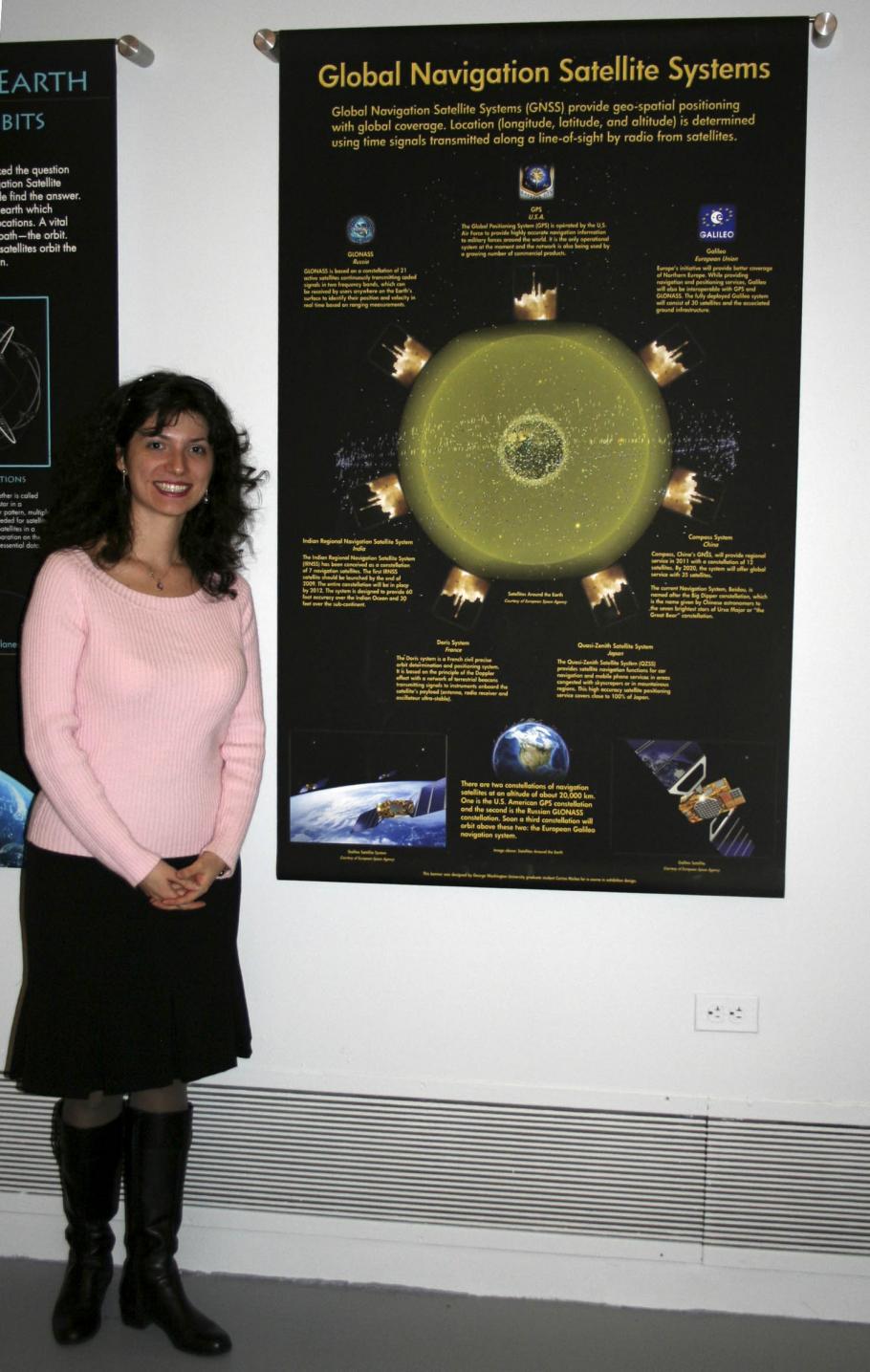I teach an exhibition design course as an adjunct professor for the George Washington University’s Museum Studies program. I tell my students I’ve got the best job in the world: designing exhibitions for the Smithsonian’s National Air and Space Museum. They often ask what you need to know to be an exhibit designer and how they can get there, too. Some of the many paths to this profession include education and training in graphic design, architecture, interior design, fine arts, industrial design, theater set design and interactive media. You don’t have to be an expert in any of these areas (I’m not), but what helps is having a very broad range of interests. For example, here are a few of mine:
- Art: I majored in Fine Arts (Graphics) and have a master’s in Theater Set Design. Art is my first love.
- Objects: Objects tell powerful stories and mean different things to different people. I’m a collector.
- History: The stories, events and people associated with objects truly fascinate me. I can’t get enough!
- Math: I use basic math to make detailed structural drawings of exhibits and build scale models. Fun!
- Culture: I love learning about different cultures. When I work on an exhibition design, I keep in mind the diverse ages, nationalities and levels of education of our visitors.
- Writing: The words in an exhibit interpret the objects and tell the related stories. I enjoy digging into the content, reading up on the subject and thinking of ways to make it accessible to a general audience.
- Science: I discovered how much I like science when I worked on an exhibition on the physics of flight. That’s another great thing about working in a museum: you learn so much with every new project!
Jenna Kush with the banner she designed for her Museum Studies class (taught by the National Air and Space Museum's Chair of Exhibits Design, Barbara Brennan) in the west end of the Museum.
Each year, my GWU students select a topic related to the content of an exhibition currently under development. They conduct research, write label scripts, select photographs and design 3- by 5-foot banners to be displayed temporarily in the Museum. They work with museum curators, designers, educators, archivists and a script editor throughout the semester to design and refine their banners. Most have no prior knowledge of the assigned topic, so the project is a true reflection, in miniature, of the exhibit design process. This year’s student exhibit topic is satellite navigation technology. The 20 graduate students researched the history of satellite navigation, the cultural implications of social uses of GPS technology and the science of satellite operations and launch methods. They wrote exhibit labels in language that would be universally accessible, selected photographs of important objects to tell their stories, used basic math to scan and scale the photographs for correct resolution and used art skills to create an attractive layout design for their final banners. The results speak for themselves. The student banners are worthy of display in the world’s most visited museum and you can see them in the National Air and Space Museum’s “West End” gallery, right next to the flight simulator room.
Corina Miclea posing in front of the banner she designed for her Museum Studies class (taught by the National Air and Space Museum's Chair of Exhibits Design, Barbara Brennan) in the west end of the Museum.
The George Washington University student banners will be on display through May 2010 and possibly longer. Come check them out!


